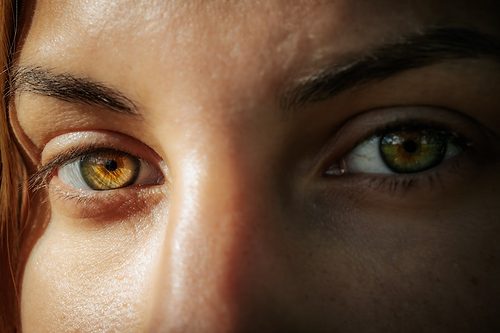General Psychiatry
LUMATEPERONE (Caplyta) Fact Sheet
November 29, 2023
SILDENAFIL (Viagra) Fact Sheet [G]
November 29, 2023
Weight Gain
November 29, 2023
L METHYLFOLATE (Deplin) Fact Sheet [G]
November 29, 2023
SAFFRON Fact Sheet [G]
November 29, 2023
LEMBOREXANT (Dayvigo) Fact Sheet
November 29, 2023
THIOTHIXENE (Navane) Fact Sheet [G]
November 29, 2023
OXYBATES (Lumryz, Xyrem, Xywav) Fact Sheet [G]
November 29, 2023
LECANEMAB (Leqembi) Fact Sheet
November 29, 2023
Transcranial Magnetic Stimulation (TMS) Fact Sheet
November 29, 2023

_-The-Breakthrough-Antipsychotic-That-Could-Change-Everything.jpg?1729528747)



